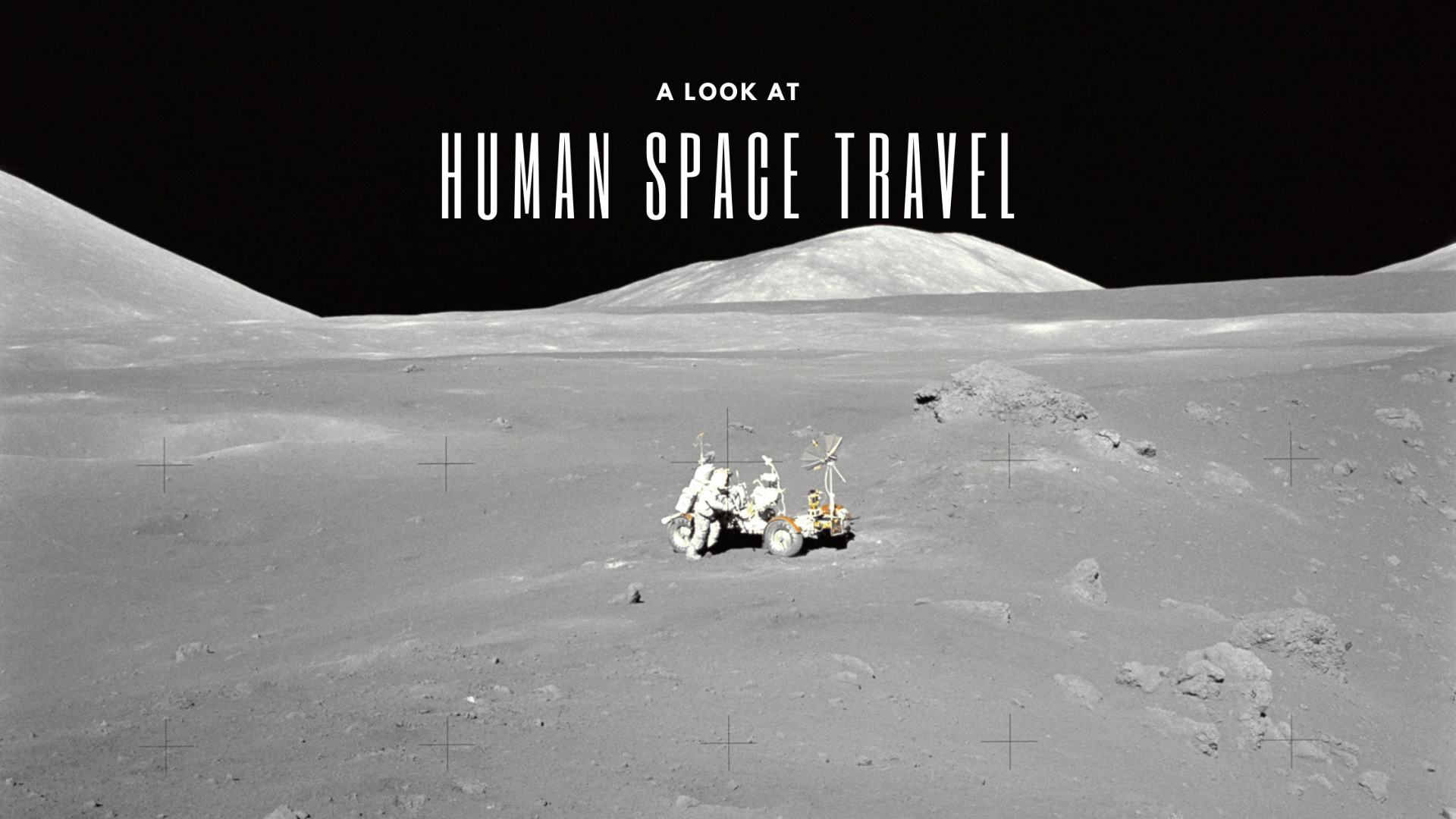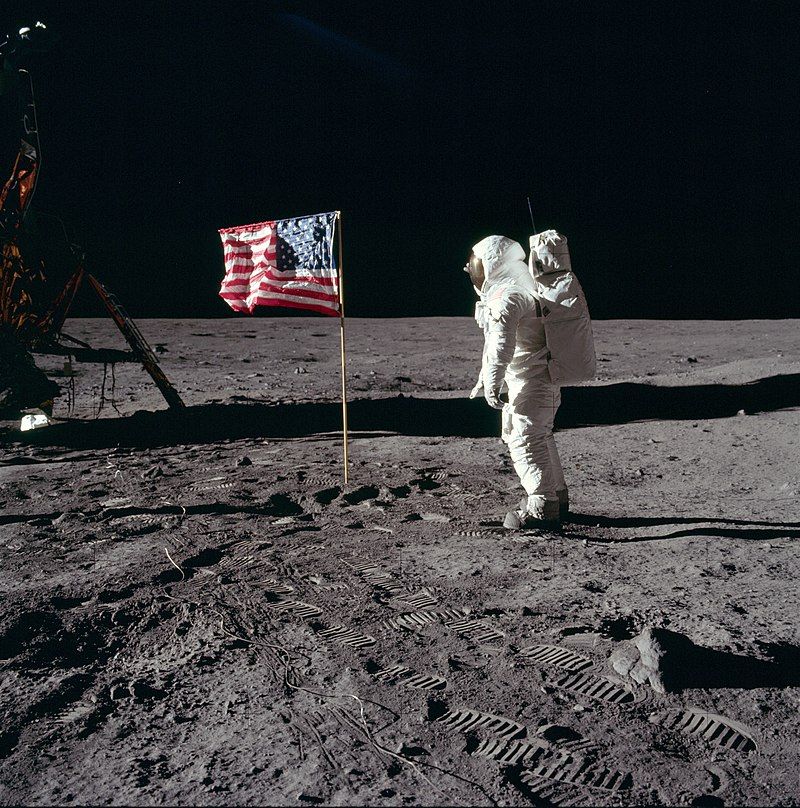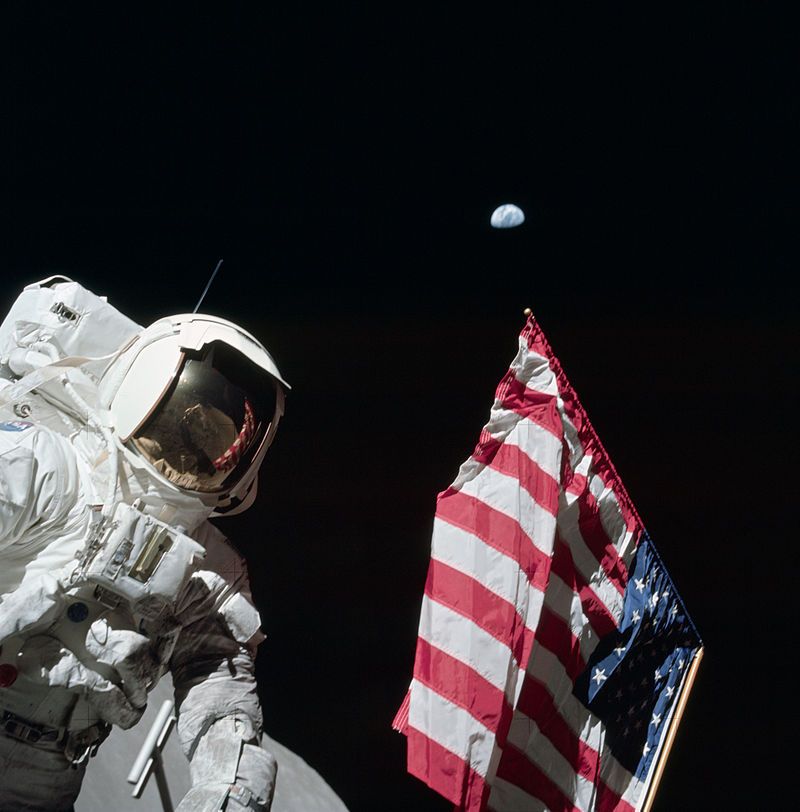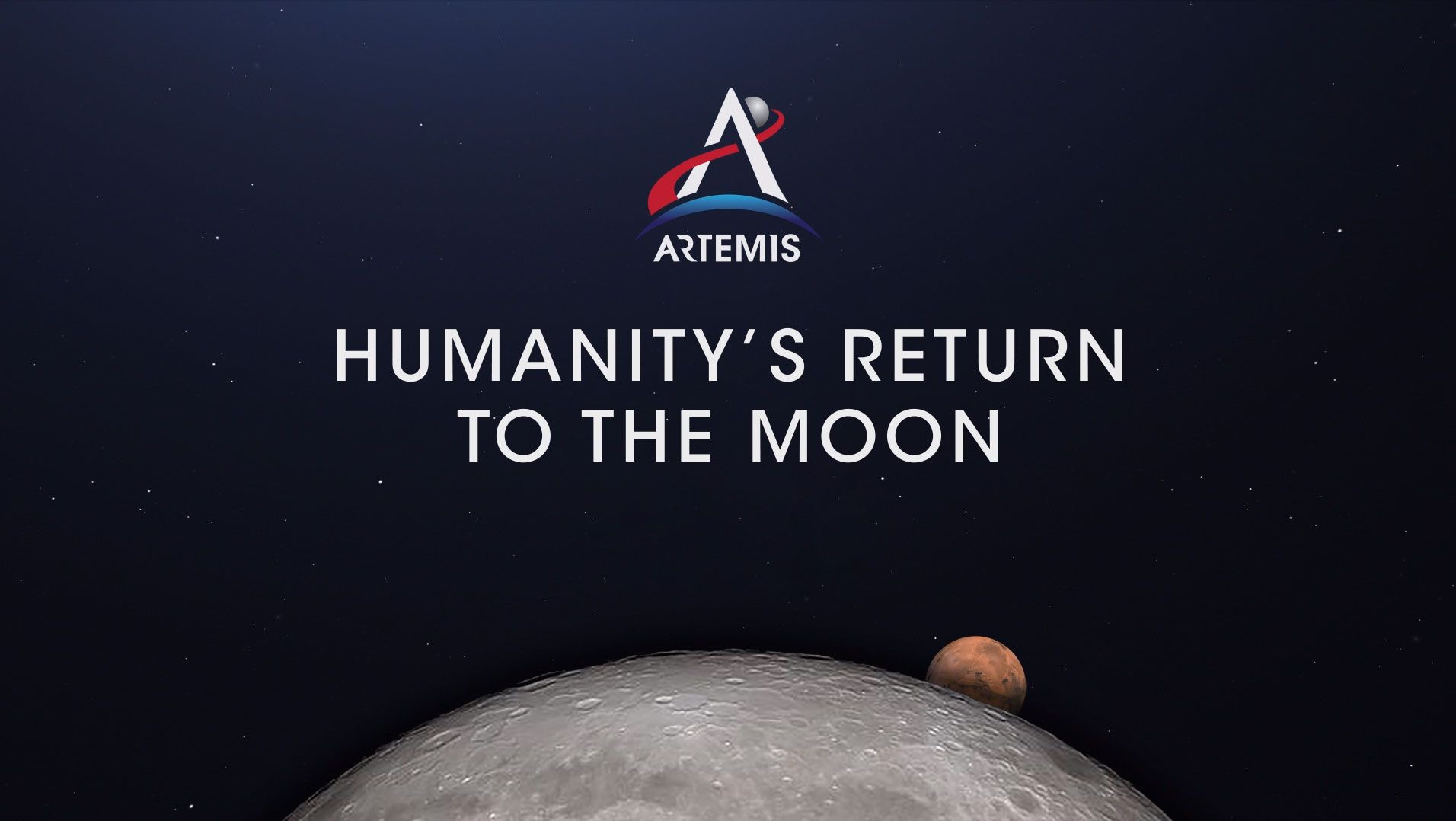
A LOOK AT HUMAN SPACE TRAVEL

The Apollo program was the third US human spaceflight program carried out by NASA. The Apollo Program enabled the first humans to reach the Moon in 1969 with Apollo 11. During President Eisenhower's administration, the Apollo program was conceptualized as a three-person space mission to follow the one-person Mercury project, which sent the first Americans into space, and the two-person Gemini project, which expanded human spaceflight capabilities. Apollo was later dedicated to President Kennedy and his national goal for the 1960s, landing a man on the Moon and returning safely to Earth.

Apollo 17 was the last human spaceflight beyond low-Earth orbit, with the LM making contact with the lunar surface on December 11, 1972. The astronauts Eugene Cernan and Harrison Schmitt spent an unprecedented three days on the lunar surface, while Ronald Evans orbited in the CSM. The mission broke several crewed spaceflight records: the longest Moon landing, longest total extravehicular activities, largest lunar sample, which was over 110kg (243lbs), the longest time in lunar orbit, and, at 75, most lunar orbits.
The Apollo program set an astounding amount of human spaceflight milestones. Apollo 8 succeeding in being the first crewed spacecraft to orbit another celestial body. Apollo 11 accomplished an even larger task of being the first crewed spacecraft to land humans on another celestial body and safely return them. As of now, the Apollo program is the only program to send humans beyond low-Earth orbit. The Apollo program returned 382 kg (842lbs) of lunar rocks and soil to Earth, which significantly contributed to understanding the Moon's geological history and composition. The Apollo program also spurred advancements in several areas of technology, incidental to rocketry and human spaceflight, including avionics, telecommunications, and computers.

This announcement from NASA gives us so much to look forward to and look back upon. 60 years ago, it seemed an impossible task to send someone to the Moon and bring them back. For the last 50, we've known it was possible but have had no ability to accomplish those incredible goals. But this announcement proves that our desire to reach beyond ourselves once more has not gone away with time but has returned with vigor.
